Sustainability has shifted from a buzzword to a business imperative in fashion—brands that ignore eco-credentials risk alienating a growing base of conscious consumers. From cotton fields to cutting-edge labs, material innovation is rewriting the playbook on green apparel. What sustainable fabrics are leading the charge? In short: today’s top eco-textiles include organic cotton, recycled polyester, lyocell (Tencel™), hemp, ramie, bamboo, modal, cupro, bio-based polyamides, and upcycled agricultural by-product fibers. Each offers a unique blend of performance, comfort, and environmental payoff—whether it’s water savings, carbon reductions, or circularity. Imagine a blazer woven from coffee-ground yarns or activewear spun from recycled bottles: behind these breakthroughs lie rigorous certifications, supply-chain transparency, and cutting-edge processing. Ready to explore each fabric’s promise, pitfalls, and place in tomorrow’s wardrobes? Let’s dive in.
What Makes Organic Cotton the Cornerstone of Eco-Friendly Apparel?
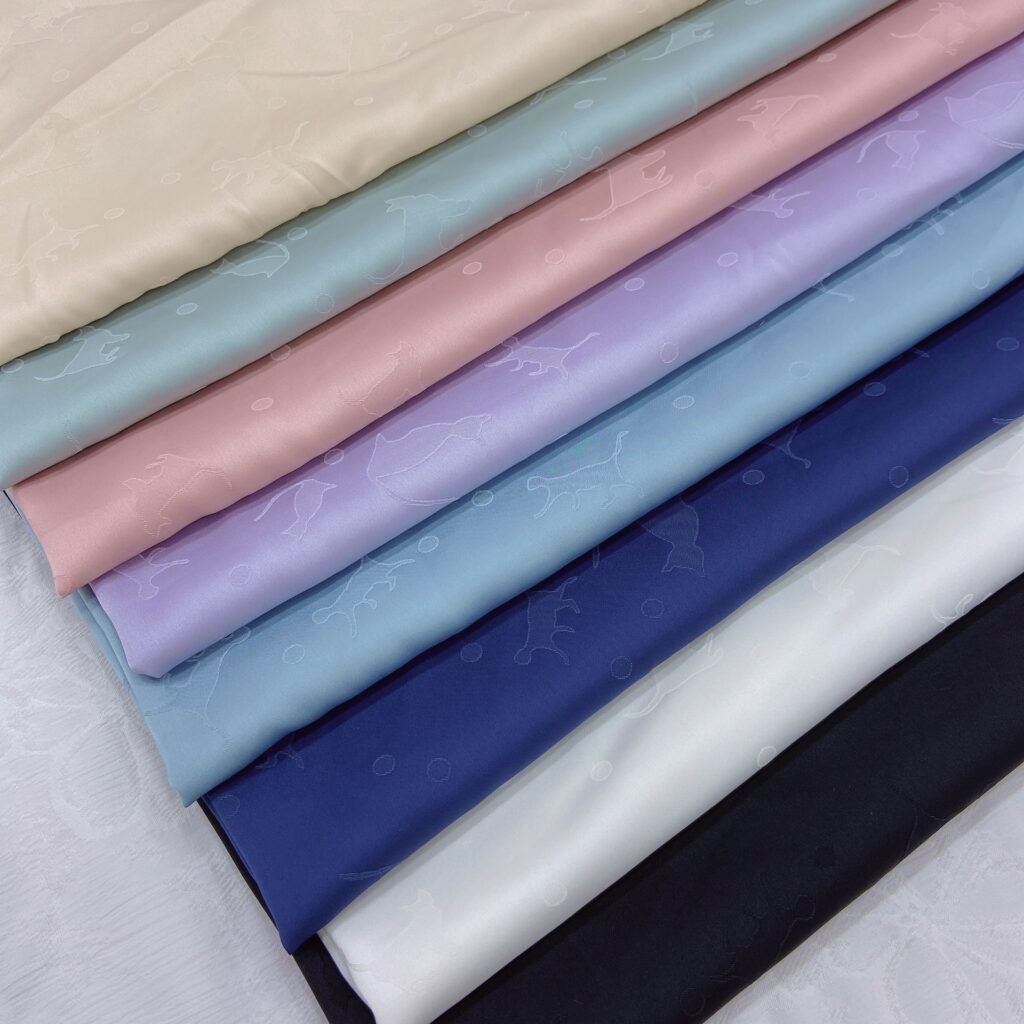
Organic cotton has become synonymous with sustainable fashion because it eliminates synthetic pesticides and fertilizers, reduces water consumption by up to 65%, and supports healthier soils and communities. Certified under schemes like GOTS (Global Organic Textile Standard) or Fairtrade, organic cotton farmers employ crop rotations and natural soil amendments, cutting water use to around 3,500 L per kg of fiber—versus 10,000 L for conventional cotton—and completely avoiding chemical runoff that damages ecosystems and human health. Its fibers, typically 28–35 mm staple length, spin into yarns that are just as soft and strong as conventional cotton but carry the added value of verified eco-credentials. For apparel brands, organic cotton not only delivers the familiar breathability and comfort consumers love but also tells a clear sustainability story that commands premium pricing and customer loyalty.
Environmental, Social & Performance Considerations
Water & Chemical Footprint Metric Conventional Cotton Organic Cotton Change Water Use (L per kg) 10,000 3,500 –65% Synthetic Pesticide Use High 0 –100% Fertilizer Runoff Impact Significant None –100%
Soil Health & Biodiversity
- Crop Rotation & Cover Crops: Enhance soil structure and sequester carbon.
- Natural Pest Control: Encourages beneficial insects, reducing ecosystem disruption.
Fiber Quality & Yarn Performance Property Organic Cotton Conventional Cotton Benefit Staple Length (mm) 28–35 24–32 Stronger, smoother yarns Fiber Strength (cN/tex) 30–35 28–33 Comparable durability Neps (neps/g) <5 5–8 Fewer imperfections
Social & Economic Impact
- Fairtrade Premiums: Provide community development funds.
- Farmer Health: Removal of toxic agrochemicals reduces illness and healthcare costs.
While organic cotton’s environmental upside is clear, brands must navigate cost premiums (15–25%) and supply constraints. Blending small percentages of certified organic cotton into broader product lines can deliver eco-credentials without prohibitive costs—especially when paired with transparent marketing and third-party verification to avoid greenwashing.
How Is Recycled Polyester Transforming Fast Fashion’s Footprint?
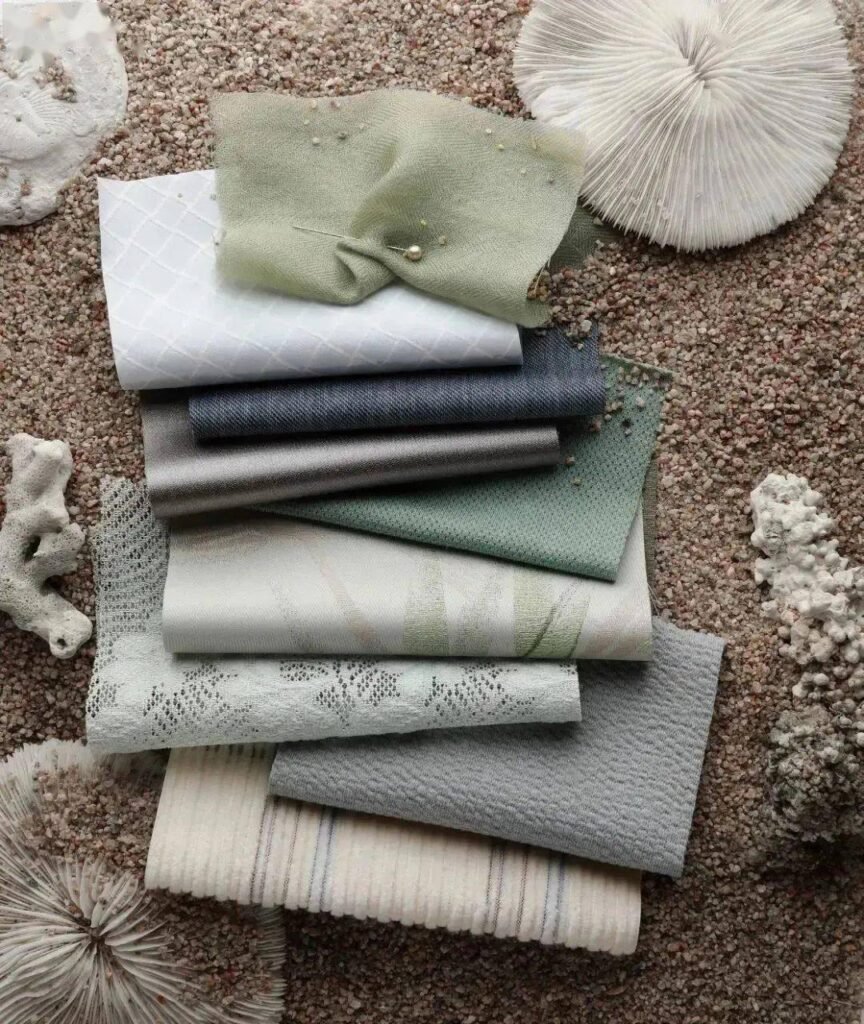
The fashion industry’s rapid turnover once meant mountains of discarded plastic bottles and synthetic textiles filling landfills and polluting oceans. Recycled polyester (rPET) is rewriting that narrative by closing the loop on PET waste and slashing environmental impact—turning yesterday’s soda bottles into tomorrow’s activewear.
Recycled polyester reduces carbon emissions by up to 50% and water use by 20–30% compared to virgin PET, all while matching or exceeding performance metrics like tenacity (500–800 MPa), abrasion resistance (30,000–45,000 Martindale cycles), and colorfastness. Through certified processes (GRS or RCS), brands can trace every bottle back to its origin, ensuring genuine circularity. By integrating rPET, fast-fashion retailers aren’t just lowering costs—they’re answering consumer demand for transparency and sustainability without compromising quality or style.
Imagine a T-shirt that once was a water bottle—its journey from recycling bin to retail rack embodies the real power of materials innovation. Let’s dig into how rPET supply chains, processing technologies, and certification frameworks make this transformation possible—and what pitfalls brands must avoid to ensure their “green” claims hold up.
rPET Supply Chain, Processing, and Quality Assurance
1. Feedstock Collection & Sorting
– Post-Consumer vs. Post-Industrial: – Post-consumer: Consumer beverage bottles collected via municipal recycling. – Post-industrial: Manufacturing scraps from PET producers. – Sorting Efficiency: >95% purity required to avoid contamination by PVC, polyolefins.
2. Depolymerization & Remelting Processes
| Process Step | Purpose | Key Metric |
|---|---|---|
| Mechanical Recycling | Grind bottles into flakes | Flake yield >90% |
| Hot Wash & Decontamination | Remove labels, adhesives | Contaminants <50 ppm |
| Melt Filtration | Filter out residual impurities | IV (Intrinsic Viscosity) ≥0.60 dL/g |
3. Re-Polymerization & Extrusion
– IV Control: Target IV of 0.60–0.70 dL/g for optimal fiber strength. – Additives Management: UV stabilizers, colorants blended under inert atmosphere to prevent oxidation.
4. Filament Spinning & Texturizing
| Property | Virgin PET Fiber | rPET Fiber | Notes |
|---|---|---|---|
| Tenacity (MPa) | 500–800 | 480–780 | Minor variance by batch |
| Elongation at Break (%) | 15–30 | 14–28 | Comparable elasticity |
| Moisture Regain (%) | 0.4 | 0.4 | Identical hydrophobicity |
5. Certification & Traceability
– Global Recycle Standard (GRS): Verifies recycled content, environmental practices, and chain of custody. – Recycled Claim Standard (RCS): Tracks percentage of recycled material in final product. – Mass Balance vs. Physical Segregation: Brands should prefer physically segregated streams for highest integrity.
6. Market Adoption & Scale
– Cost Premium: rPET typically costs 5–15% more than virgin PET, narrowing as scale increases. – Volume Growth: rPET now represents 20% of global polyester fiber market, forecast to exceed 30% by 2027.
7. Risks and Considerations
– Microplastic Shedding: rPET fabrics may shed microfibers; filtration during washing and fiber finishes can mitigate release. – Greenwashing Pitfalls: Avoid ambiguous “contains recycled content” claims without clear percentage and certification details. – Color & Performance Variation: Strict IP and IV monitoring required to ensure batch-to-batch consistency.
What Unique Advantages Does Tencel™ (Lyocell) Bring to Sustainable Luxury?
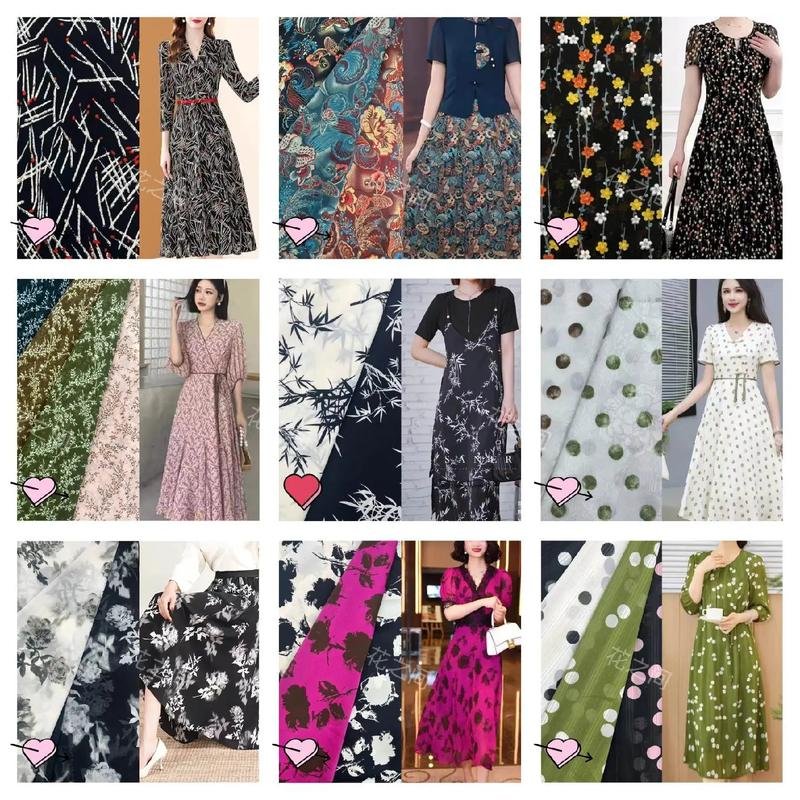
Tencel™ Lyocell stands out for its closed-loop production, recovering over 99% of processing solvent and using 100% sustainably sourced wood pulp, which drastically cuts environmental impact. Its fibers offer moisture regain of 11–13%, a MVTR (moisture vapor transmission rate) of 12,000 g/m²·24 h, and a drape coefficient of 0.18, delivering a cool-touch, silky hand and superior wrinkle resistance. Biodegradable and FSC-certified, Tencel™ combines luxury performance—softness, strength, and breathability—with verified eco-credentials, making it a go-to choice for premium dresses, loungewear, and high-end activewear.
Production, Performance & Sustainability of Lyocell
1. Closed-Loop Solvent Recovery
Tencel™ uses N-methylmorpholine N-oxide (NMMO) to dissolve wood pulp. Over 99% of NMMO is captured and reused, minimizing emissions and chemical waste.
| Metric | Value | Industry Comparison |
|---|---|---|
| Solvent Recovery Rate (%) | 99+ % | Viscose: \~50–60 % |
| Energy Use (MJ/kg fiber) | 60 | Cotton: 55 MJ/kg |
2. Moisture Management & Comfort
Lyocell’s hydrophilic surface channels moisture away rapidly:
| Property | Tencel™ Lyocell | Cotton | Polyester |
|---|---|---|---|
| Moisture Regain (%) | 11–13 | 7–8 | 0.4 |
| MVTR (g/m²·24 h) | 12,000 | 6,000–8,000 | 8,000–10,000 |
This results in a cool-touch hand and superior breathability—ideal for intimate apparel and performance wear.
3. Mechanical Strength & Drapability
Lyocell’s highly aligned polymer chains yield both softness and strength:
| Metric | Tencel™ | Modal | Viscose |
|---|---|---|---|
| Tensile Strength (cN/tex) | 30–35 | 28–32 | 20–25 |
| Drape Coefficient | 0.18 (fluid) | 0.20 | 0.25 |
| Elongation at Break (%) | 18–22 | 20–25 | 25–30 |
4. Biodegradability & End-of-Life
Tencel™ fibers biodegrade under industrial composting conditions within 12–15 weeks, unlike many synthetic alternatives. Their FSC-certified wood sourcing ensures responsible forest management.
5. Cost & Supply-Chain Considerations
| Factor | Impact | Notes |
|---|---|---|
| Premium Price (%) | +20–30 % | Position for luxury segments |
| Lead Time (weeks) | 8–12 | Dependent on pulp supply and mill capacity |
| Minimum Order Quantity | 500 m | Some mills offer low-MOQ sampling programs |
6. Balancing Luxury and Scale
- Certification Integrity: Ensure suppliers provide Lenzing™ or equivalent FSC and ISO 14001 documentation.
- Market Perception vs. Reality: Beware of “lyocell-like” viscose that uses toxic CS₂—demand proof of closed-loop processing.
- Lifecycle Impact: While production is eco-efficient, transport and garment-care emissions still contribute to total footprint.
By harnessing Tencel™’s unmatched combination of eco-credentials, comfort, and performance, brands can deliver true sustainable luxury—without compromise.
Which Emerging Natural Fibers—Hemp, Ramie, Bamboo—Are Disrupting the Market?
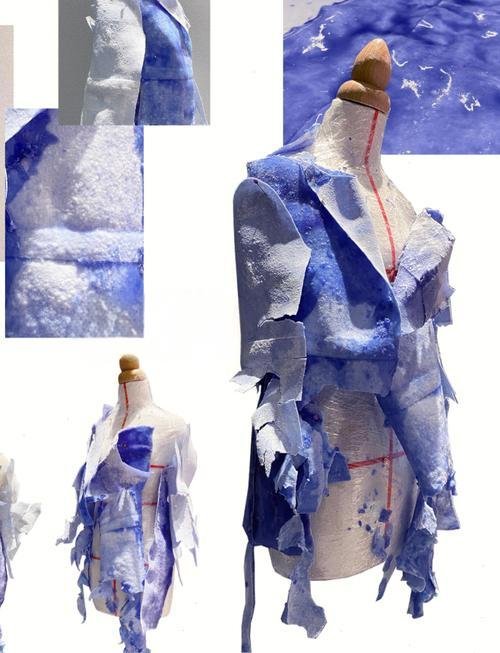
Hemp, ramie, and bamboo fibers are gaining traction for their low-input cultivation and distinctive performance. Hemp requires minimal water, no pesticides, and yields fibers with tenacity of 550–700 MPa and moisture regain of 10–12 %. Ramie offers a natural sheen, tensile strength of 400–600 MPa, and excellent dimensional stability. Bamboo—when mechanically processed—delivers a soft, silky hand and inherent antimicrobial properties, making these fibers cornerstones of next-gen sustainable apparel.
Cultivation, Processing & Performance Profiles
Cultivation Footprint Fiber Water Use (L/kg) Pesticide Use Typical Yield (t/ha) Hemp 300–500 None 2–3 Ramie 1,500–2,000 Minimal 0.5–1 Bamboo 1,000–1,500 None 2–3
Processing Pathways
- Hemp & Ramie: Traditional water retting followed by mechanical decortication yields coarse fibers; modern enzyme retting softens and refines for fine yarns.
- Bamboo: Mechanical crushing (“bamboo linen”) preserves lignin but produces crisp hand; chemical viscose uses solvents (lye + CS₂) to regenerate soft fibers but demands closed-loop recovery for sustainability.
Mechanical & Comfort Metrics Property Hemp Ramie Bamboo Viscose Tenacity (MPa) 550–700 400–600 250–350 Elongation at Break (%) 2–4 3–6 10–15 Moisture Regain (%) 10–12 9–11 11–13 Drape Coefficient 0.30 (stiff) 0.25 (moderate) 0.20 (fluid)
Performance Trade-Offs
- Durability vs. Softness: Hemp leads in strength but can feel coarse; bamboo viscose feels silky but has lower tensile strength.
- Environmental Impact vs. Processing: Ramie’s low-impact growth contrasts with its intensive decortication; bamboo’s environmental promise hinges on solvent recovery in viscose processes.
Market Applications & Brand Positioning
- Hemp: Denim, utility wear, eco-denim — appeals to rugged-wear segments.
- Ramie: Summer shirts, lightweight jackets — valued for cool comfort and subtle sheen.
- Bamboo: T-shirts, underwear, towels — marketed for softness and natural antimicrobial benefits.
While these fibers offer compelling sustainability stories, brands must scrutinize processing methods (especially for bamboo viscose) and certification claims (e.g., OEKO-TEX®, FSC-certified sources) to avoid greenwashing. Pilot runs and fabric testing are essential to balance eco-credentials with wearer performance and cost targets.
How Are Regenerated Cellulosics (Modal, Cupro) Elevating Breathability and Softness?
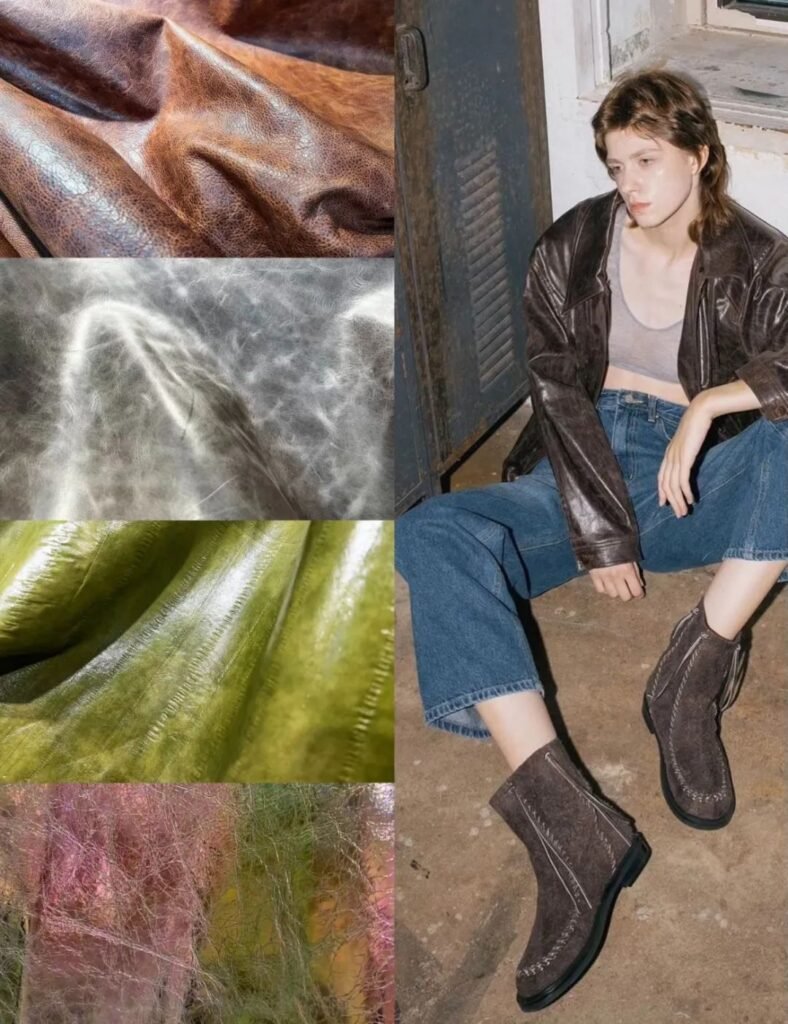
Regenerated cellulosics like modal and cupro merge natural comfort with advanced processing to deliver unmatched breathability and a luxurious hand. Modal fibers—made from beechwood pulp in a closed-loop NMMO process—offer moisture regain of 11–13%, MVTR around 11,000 g/m²·24 h, and a drape coefficient near 0.17, creating garments that feel cool, dry, and fluid. Cupro, derived from cotton linter via an ammonia-based rotary process with >95% solvent recovery, yields ultra-fine filaments (1.0–1.2 denier) that drape like silk and resist static cling. Both fibers biodegrade under industrial composting and carry certifications (e.g., FSC for pulp, Oeko-Tex® Standard 100), making them go-to choices for sustainable luxury loungewear, underwear, and fine fashion.
Production, Performance & Sustainability
1. Closed-Loop Processing & Solvent Recovery
| Fiber | Solvent | Recovery Rate | Environmental Note |
|---|---|---|---|
| Modal | NMMO | ≥99% | Minimal emissions, closed-loop solvent reuse |
| Cupro | Ammonia/Cu complex | ≥95% | Requires robust wastewater treatment |
- Modal: Beechwood pulp dissolved, extruded, washed, and dried with near-total NMMO reclamation—drastically reducing chemical discharge.
- Cupro: Cotton linter yields fine cellulose dissolved in copper–ammonia, then regenerated; complexity demands stringent effluent controls.
2. Moisture & Thermal Comfort Metrics
| Property | Modal | Cupro | Comparison (Cotton) |
|---|---|---|---|
| Moisture Regain (%) | 11–13 | 10–12 | 7–8 |
| MVTR (g/m²·24 h) | \~11,000 | \~10,000 | 6,000–8,000 |
| Drape Coefficient | 0.17 (fluid) | 0.18 (fluid) | 0.25 (moderate) |
| Surface Friction (CoF) | 0.15–0.20 | 0.15–0.20 | 0.35–0.45 |
- Breathability: High MVTR values keep skin dry in warm climates or active use.
- Softness & Drape: Low drape coefficients translate to fluid, body-skimming silhouettes.
3. Biodegradability & Certifications
- Biodegradation: Both fibers degrade within 12–15 weeks in industrial composts.
- Certifications: Modal often carries FSC or PEFC, plus Oeko-Tex® Standard 100; cupro producers seek similar eco-labels to validate solvent management.
4. Critical Lens
- Cost & Scale: Modal is more widely available; cupro remains niche due to complex licensing (e.g., Bemberg®) and higher processing costs (20–30% premium).
- Processing Footprint: Energy use and effluent treatment can offset closed-loop gains—brands should audit mills for ISO 14001 or equivalent.
- Blends & Care: Blending with elastane or silk can further enhance wear performance, but may complicate end-of-life recycling and require specialized care.
By choosing modal or cupro—backed by transparent supply chains and credible certifications—brands deliver true comfort luxury and eco-innovation in every garment.
Are Bio-Based and Recycled Polyamides (e.g., Nylon) the Future of High-Performance Wear?
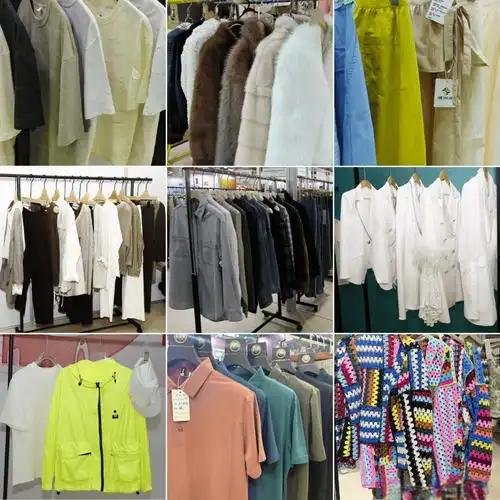
Bio-based polyamides (like PA11 from castor oil) and recycled polyamides (rPA6 from industrial scrap or fishing nets) marry performance with sustainability. PA11 delivers tenacity of 700–900 MPa, elongation of 50–60%, and a 30–60% carbon footprint reduction versus virgin PA6. rPA6 matches virgin nylon’s 600–800 MPa tenacity and 20–30% CO₂ savings, while diverting waste from landfills and oceans. Both can be certified via ISCC or GRS, ensuring traceability. With growing supply chains and consumer demand for eco-performance, bio-based and recycled nylons are poised to redefine the next generation of high-performance apparel and gear.
Production, Properties & Market Dynamics
1. Bio-Based Polyamides (PA11, PA10.10)
| Property | PA11 (Castor Oil) | Virgin PA6 | Impact |
|---|---|---|---|
| Renewable Carbon (%) | 100 | 0 | +100 pp |
| Tensile Strength (MPa) | 700–900 | 800–1,000 | Comparable |
| Elongation at Break (%) | 50–60 | 50–60 | Equivalent |
| CO₂ Emissions (kg/kg) | 2.5–3.0 | 6.0–6.5 | –50–60% |
- Feedstock: Castor bean oil – non-food crop, grows on marginal land.
- Processing: Melt polymerization; fully bio-based monomers.
- Applications: High-end sportswear, automotive interiors, 3D printing filaments.
2. Recycled Nylon (rPA6)
| Metric | rPA6 | Virgin PA6 | Benefit |
|---|---|---|---|
| Recycled Content (%) | 50–100 | 0 | Circularity |
| Tenacity (MPa) | 600–800 | 700–900 | \~95% performance |
| CO₂ Emissions (kg/kg) | 3.5–4.5 | 6.0–6.5 | –30–40% |
| Source | Fishing nets, industrial scrap | Fossil feedstock | Waste diversion |
- Feedstock Collection: Ocean clean-up nets, carpet scraps.
- Process: Depolymerization or mechanical grinding + melt filtration.
- Certifications: GRS, RCS to validate recycled content and chain-of-custody.
3. Performance vs. Sustainability Trade-Offs
- Mechanical Parity: Both bio-based and recycled versions deliver near-virgin performance, but require tight IV (intrinsic viscosity) control to avoid batch-to-batch variability.
- Cost Premium: Expect 15–30% higher costs than standard nylon, narrowing as scale increases.
- Supply Constraints: PA11 capacity limited by castor oil availability; rPA6 scaled by collection infrastructure and sorting efficiency.
4. Market Adoption & Future Outlook
- Sports & Outdoor Gear: Nike, Patagonia, and other leaders are incorporating rPA6 linings and PA11 fabrics in limited-edition collections.
- Automotive & Industrial Textiles: PA11’s chemical resistance and flexibility make it a strong candidate for eco-seat fabrics and wiring sleeves.
- Circular Economy Linkages: Integration with take-back programs and chemical recycling can close the loop fully, minimizing virgin polymer demand.
While bio-based and recycled polyamides promise sustainability gains, true impact depends on robust collection, traceability, and end-of-life strategies. Brands must partner with chemically or mechanically recycling mills that hold ISCC or GRS certification, and commit to transparent reporting of their polymer sourcing and product recovery rates. Only then can high-performance polymer innovation deliver both environmental and functional breakthroughs for the apparel industry—and beyond.
Which Upcycled Fabrics from Agricultural By-Products (Pineapple, Coffee, Apple) Are Gaining Traction?
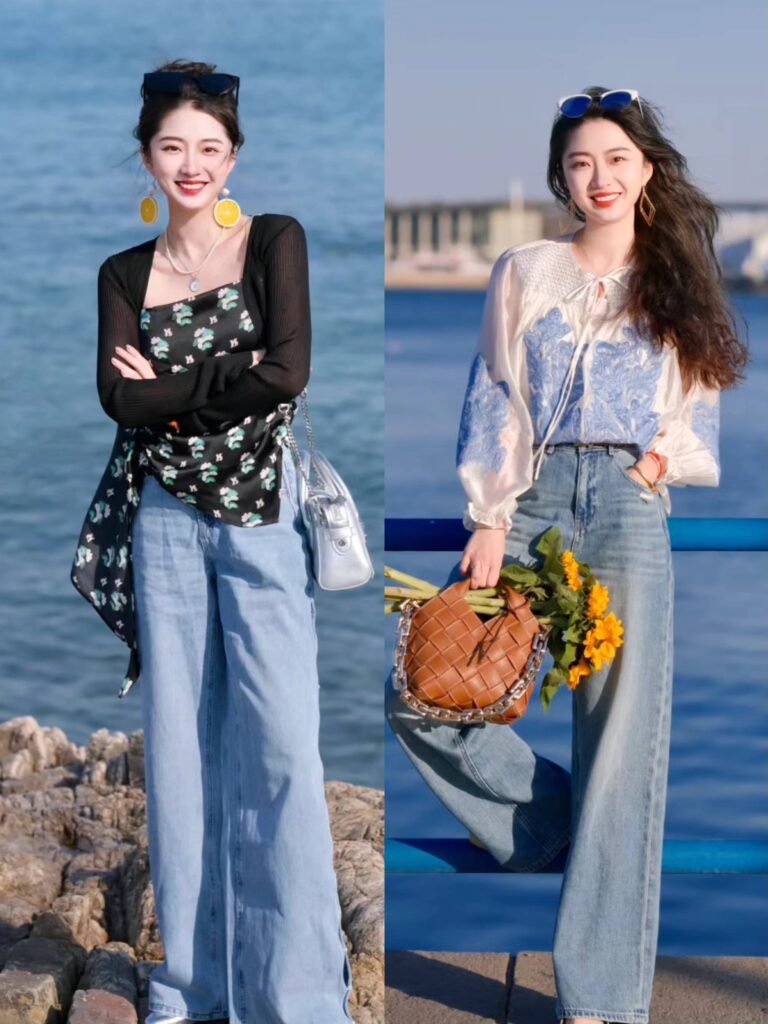
Innovative brands are turning farm waste into high-performance textiles: Piñatex® uses 35 % pineapple leaf fibers blended with PLA or cotton to yield durable, breathable “leather” alternatives; coffee-ground yarns (20–30 % spent grounds with polyester or nylon) provide natural UV protection and odor control; AppleSkin™ incorporates 10–20 % apple peel residue into a PU matrix for supple, vegan leather. These upcycled materials reduce agro-waste, carry PETA-approved vegan or GRS certifications, and deliver tensile strengths of 250–500 MPa—proof that circular design can meet both eco-goals and market demands.
Composition, Performance & Sustainability Metrics
| Material | By-Product % | Composition | Tensile Strength (MPa) | Elongation (%) | Unique Feature |
|---|---|---|---|---|---|
| Piñatex® | 35 % | Pineapple leaf fiber + PLA/cotton matrix | 300–500 | 15–20 | Breathable, textured “leather” finish |
| Coffee-ground yarn | 20–30 % | Spent coffee grounds + PET/PA6 carrier fiber | 200–350 | 10–15 | Natural odor control, UV resistance |
| AppleSkin™ | 10–20 % | Apple peel waste + PU binder | 250–400 | 20–25 | Soft, leather-like drape |
1. Piñatex® (Pineapple Leaf Textiles)
- Source & Processing: Leaves from pineapple harvests are decorticated, dried, and mechanically beaten into fibers. These are non-woven bonded with a biodegradable PLA or cotton backing, then laminated with a water-based PU finish.
- Environmental Impact: Diverts \~480 kg of leaves per ton of fiber from waste; requires no additional land use.
- Use Cases: Footwear uppers, handbags, upholstery.
2. Coffee-Ground Yarns
- Production: Spent coffee grounds are washed, dried, and micronized into powders, then extruded with polyester or nylon at 20–30 % loading to form masterbatch chips before spinning.
- Functional Benefits: TMFB tests show up to 30 % reduction in bacterial adherence and UPF ratings >30.
- Limitations: Ground particle size must be finely controlled (<50 µm) to avoid fiber embrittlement.
3. AppleSkin™ (Apple Peel Leather)
- Method: Apple pomace is dehydrated, ground, then mixed into a PU dispersion and coated on a backing fabric.
- Performance: Martindale abrasion resistance >20,000 cycles; tear strength \~150 N.
- Certification: PETA-approved vegan; Oeko-Tex® Standard 100 for chemical safety.
Critical Lens
- Scale & Cost: These textiles carry 30–50 % price premiums and rely on reliable agro-waste streams and specialized processing—making them best suited to premium or niche markets.
- Lifecycle End-of-Life: Blended matrices (e.g., PU lamination) can hinder compostability. Brands should specify mono-material backings or explore next-gen bio-binders to enhance circularity.
- Supply-Chain Transparency: Verify claims through third-party audits (e.g., GRS for coffee blends, FSC for PLA in Piñatex) to avoid greenwashing and ensure consistent material feedstock.
By integrating these upcycled agricultural by-products, fashion and accessory brands not only reduce waste streams but also differentiate their lines with compelling sustainability narratives and unique material aesthetics—proof that circular innovation can drive both eco-impact and consumer appeal.
What Certifications and Standards (GOTS, OEKO-TEX®, RCS) Ensure True Sustainability?
The most credible sustainability certifications are GOTS (Global Organic Textile Standard) for organic fiber-to-finish, OEKO-TEX® Standard 100 for harmful‐substance limits, RCS/GRS (Recycled Claim Standard/Global Recycle Standard) for recycled‐content verification and chain of custody, FSC/PEFC for responsible forestry in cellulosic fibers, and Fairtrade/BSCI for social and labor compliance. Together, they cover raw‐material sourcing, chemical safety, recycling integrity, and ethical production—giving brands and buyers a multi‐dimensional assurance of genuine eco‐credentials.
Certification Frameworks & Compliance Checklist
- Fiber & Organic Standards Certification Scope Key Requirement Label Threshold GOTS End‐to‐end organic textile processing ≥95 % organic fibers; restricted chemistries 100 % organic or 70–95 % organic Fairtrade Social & economic conditions for farmers Fair pricing, community premiums 100 % Fairtrade content
- Chemical & Safety Standards Certification Scope Key Requirement OEKO-TEX® Standard 100 Limit toxic and allergenic substances Test for >350 harmful chemicals bluesign® Resource‐efficient, low‐impact manufacturing Zero‐discharge of harmful substances
- Recycled Content & Circularity Certification Scope Key Requirement RCS Tracks recycled material percentage ≥50 % verified recycled content GRS Recycled content + environmental & social practices ≥20 % recycled, plus impact criteria
- Forest & Cellulosic Standards Certification Scope Key Requirement FSC Responsible forest management 70 % certified fiber for FSC Mix label PEFC Sustainable forest certification Chain-of-custody documentation
- Social & Ethical Compliance Certification Scope Key Requirement BSCI (Amfori) Labor conditions in supply chain No child labor, fair wages, safe working hours SA8000 Social accountability Worker rights based on ILO conventions
No single label covers all sustainability dimensions. Brands should stack certifications—e.g., GOTS + GRS + OEKO-TEX—to ensure raw‐material integrity, recycled content, and chemical safety, then pair them with social audits (BSCI/SA8000) for a truly holistic sustainability strategy. Always verify certificate numbers and audit dates to avoid greenwashing.
Ready to integrate top-tier sustainable fabrics into your next collection?
From organic cotton to upcycled agricultural fibers, the sustainable textile landscape offers diverse solutions for every price point and performance need. By understanding each fabric’s environmental footprint, performance metrics, and certification requirements, brands can make confident, eco-driven material choices that resonate with today’s conscious consumers.
Partner with Szoneier Fabrics for expert advice, free design support, low-MOQ sampling, swift prototyping, and guaranteed quality.

